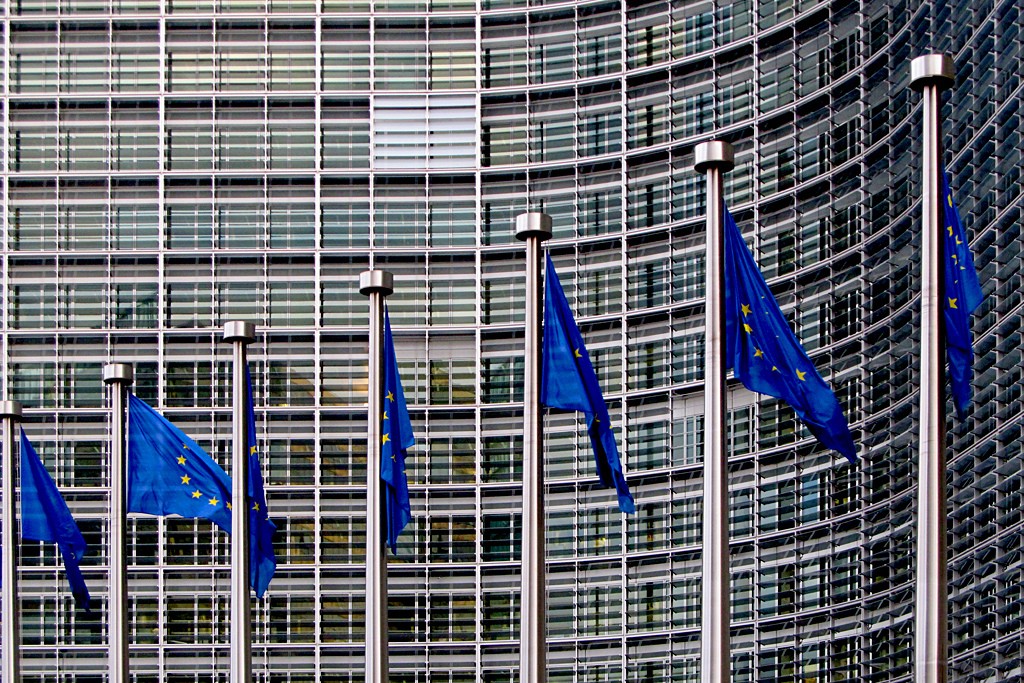New JRC report on the 2015 Status of Geothermal Energy, EU Commission

In a new report by the Joint Research Center, a status report on geothermal energy is given in Europe, with a focus on identification of research needs as well as market status, developments and outlook.
The EU Commission has released a new Joint Research Center Report for the Status of Geothermal Energy 2015.
The report is an update of the 2014 JRC Geothermal Energy Status Report by the Joint Research Centre’s Institute for Energy and Transport, so the introduction. “While the 2014 report gave an overview of the geothermal sector in the EU, including technology descriptions, this second version focuses more on identification of research needs as well as market status, developments and outlook. Finally a special chapter is provided on Engineered Geothermal Systems (EGS).
This report presents the current status of the major geothermal energy technologies ranging from ground source heat pump systems, direct use facilities to geothermal power plants. Power production from hydrother-mal resources where natural permeability coincides with hot bedrocks is a mature technology. The same is true for direct use systems and ground source heat pumps. Power and heat production from engineered geothermal systems where there is either a lack of thermal convection or where permeability has to be artificially created is less mature and needs further development and support.
Currently, geothermal energy provides 0.2 % of EU final electricity demand. In addition, about 36000 GWh of heat are produced by direct use systems and ground source heat pumps.
In order to expand the potential for geothermal power production, focus should be made on facilitating the deployment of engineered geothermal systems. A special chapter in this year’s edition gives an overview of past and current engineered geothermal systems projects worldwide and identifies issues needed to overcome in order to enable further deployment of the technology. Increased deployment may be achieved by first proofing the applicability of the method in various geological media, followed by decreasing the risk of project failure by continuous development on reservoir identification, stimulation and management methods, both leading to higher chance of more favourable financing.
The advances should progress alongside development of cheaper drilling technologies. Finally there is a need for increasing public awareness of the technology.”
The report can be downloaded here (pdf).